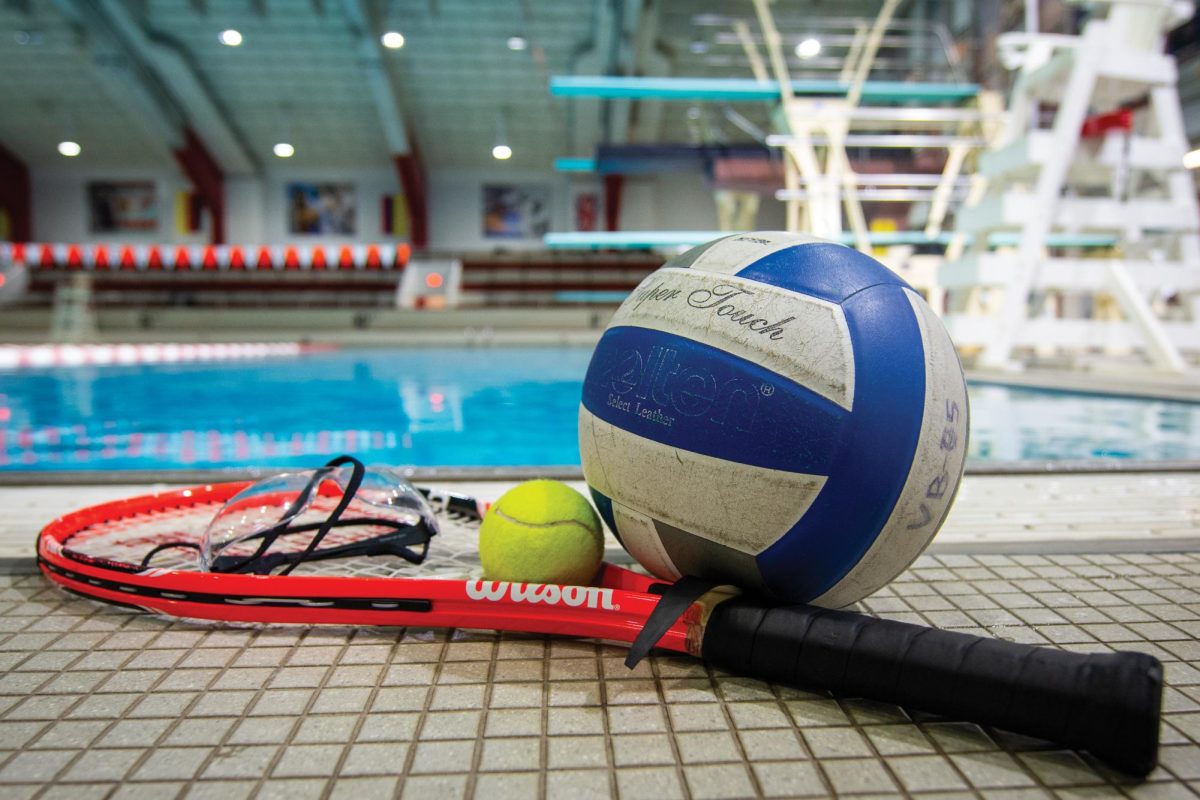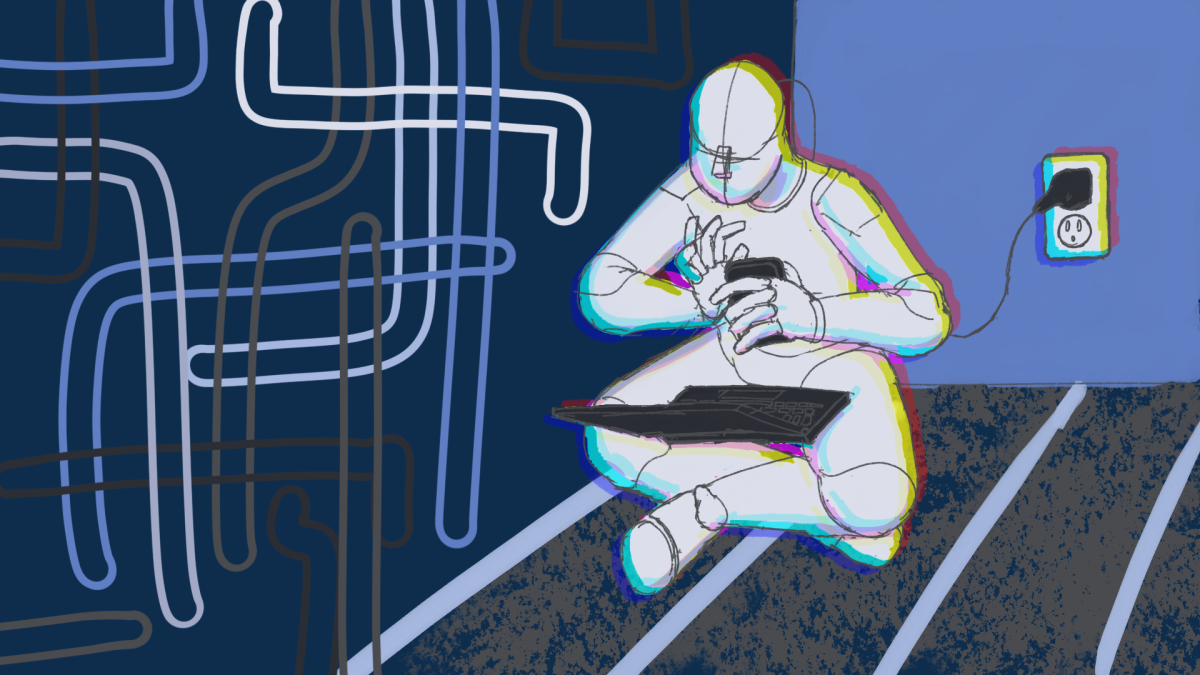Shack-A-Thon started at NC State in 1998 with a focus on bringing forward the issue of affordable housing. Since then housing rates in Raleigh have skyrocketed, but this fundraiser still sets out to bring attention to this issue with a modern twist ─ making this important fundraising event as sustainable as possible.
Shack-A-Thon works every year with the Office of Waste Reduction and Recycling (WR&R), a university entity focused on reducing the waste generated by NC State. This better allows Shack-A-Thon to focus on their goal of raising money to change lives while also generating the smallest amount of waste possible and increasing the percentage of materials that can be reused.
WR&R provides advice about reducing waste and special dumpsters for construction and demolition materials, compost and recycling. For the event this year WR&R created a sustainability flier that was distributed to all shack leaders. This flier included tips for before and after construction in order to make the event as eco-friendly as possible.
During the construction phase, student organizations were urged to use salvaged or reclaimed materials as much as possible. The flier also included measures to increase the reusability of the materials. I was positively surprised at how thorough the fliers were, illustrating just how much Shack-A-Thon and WR&R authentically care about reducing the event’s environmental impact.
By reducing the number of cuts to lumber and plywood, using the least amount of paint on lumber and only using nails, these materials have a much better chance of being reused in the future and benefitting the Raleigh community and the environment.
Since only nails are used in the construction of the shacks approximately 95% of the lumber two-by-fours and 75% of all plywood can be reused.
After the week-long event in the Brickyard, the shacks are torn down and most of the materials that can be reused or resold are donated. The majority goes to Habitat for Humanity to be sold in their ReStore. According to Parker Colbath, the director of Shack-A-Thon, “they take the extra wood to the ReStore so that they can be used by members of the Raleigh community, and it is sold to raise money to build more homes and impact more families.” The smaller pieces that Habitat for Humanity does not want go to the Scrap Exchange in Durham.
Several student organizations and colleges at NC State reuse their shacks from year to year. The WR&R awards all clubs that reuse their shacks points to their competitive fundraising total that qualify them for certain awards, further incentivizing sustainable behavior and avoiding future generated wastes associated with using new materials each year.
The Most Sustainable Shack Award was given to the College of Natural Resources for the most creative and renewable shack. The build coordinator, Rachel Jessup, a second-year student in the College of Natural Resources, disclosed that “[their] sustainability was based on using the local, sustainable natural resources and making the decision to reuse that material so that it didn’t go to waste.”
This year they reused their shack building materials from 2014 that came from one of NC State’s operating forests. According to Jessup, “It took lots of strong able-bodied people, a big truck and a generous roof donation from HomeQuest, but we got it all put together.”
After the deconstruction of the College of Natural Resources’ shack, it will be relocated to the Schenck Forest, which is about 10 minutes from the NC State campus. There, it will be repurposed as a tool shed for NC State’s Forestry Club.
Overall, I am very proud of Shack-A-Thon and NC State’s efforts to reduce waste while still bringing attention to an issue that has been dear to NC State for almost two decades. Throughout the years, the NC State Habitat for Humanity chapter has helped sponsor and build 22 homes through this event.
That is two decades of student organizations coming together to raise public awareness, support and fund an important cause in a sustainable way ─ and that is no small feat.





